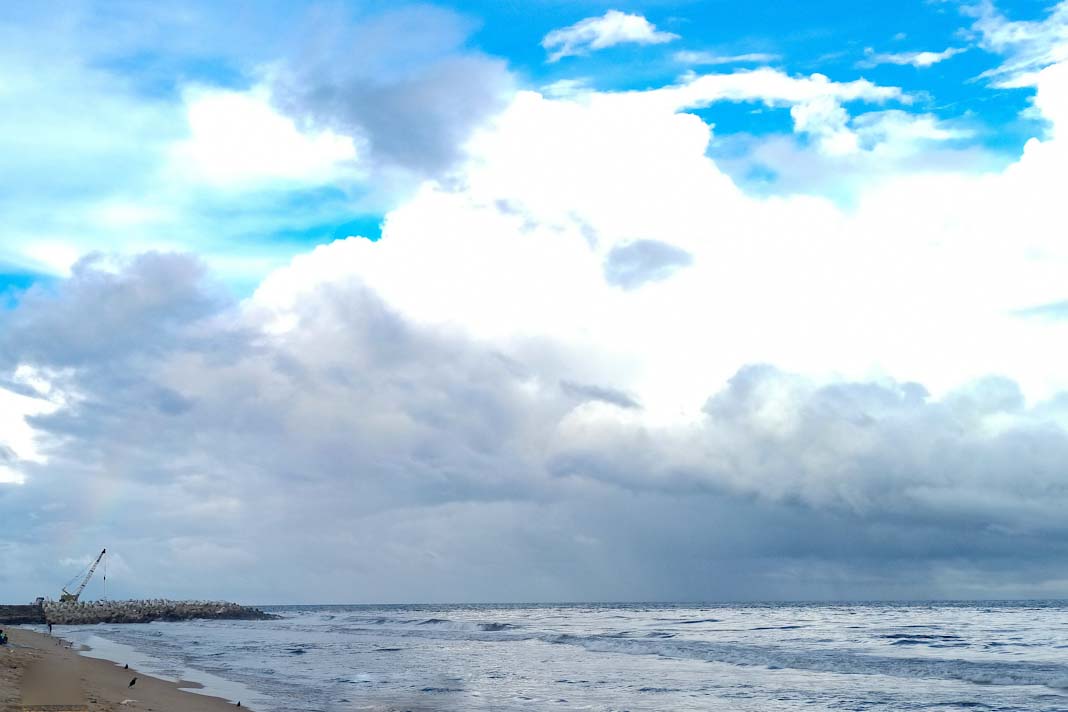Martin Crawford-Brunt, CEO of Lookout Maritime, highlights the simplicity and benefits of Just-In-Time (JIT) arrivals at ports. He criticizes the prevalent industry practice of “sail fast to wait,” where ships rush to ports only to wait for berth availability. Crawford-Brunt argues that slowing ships down to arrive at an optimal time would not only reduce congestion but also cut greenhouse gas (GHG) emissions by 10-15%, reports Container News.
Drewry’s Analysis and Findings
Drewry’s recent analysis supports this argument, suggesting that the benefits of JIT arrivals could be even more substantial. A survey of 193 ports and a case study of Dar es Salaam revealed that 70% of the 2,000 days of waiting time were spent at anchor. By capping the average inbound voyage speed to 10 knots during congested periods, waiting time could be reduced by 31%, saving 23,000 tonnes of CO2 equivalent emissions. A more conservative speed cap of 12 knots could still achieve a 16% reduction in waiting time, saving 11,800 tonnes of CO2 equivalent.
Impacts on US Ports and Broader Implications
Further analysis of port calls between Norfolk and Savannah in the US, a 450 nautical mile journey, showed that selective speed reductions to a 10-knot average could reduce pre-berth waiting times by 24%, saving almost 7,250 tonnes of CO2 equivalent. A 12-knot threshold could reduce waiting times by 6%, saving 1,800 tonnes of CO2 equivalent.
Coordination and Operational Efficiency
Peter Sand, chief analyst at Xeneta, notes that the bunching of large ships, particularly due to disruptions in the Red Sea, causes significant delays at European ports. These delays cascade back to major ports in Asia, such as Singapore and Shanghai. Sand suggests that ports and terminals manage better with more frequent, lower-volume calls rather than sporadic high-volume discharges from jumbo container ships.
Current Industry Challenges
Container xChange reports that the disruption in the Red Sea and the ongoing Middle East conflict have led to increased container prices. A 40ft high cube container price rose by 26% from October 2023 to May 2024, exacerbating the strain on major ports like Hong Kong, Ningbo, Singapore, and Shanghai, where carriers are now omitting calls due to congestion.
Did you subscribe to our daily Newsletter?
It’s Free! Click here to Subscribe
Source: Container News

















